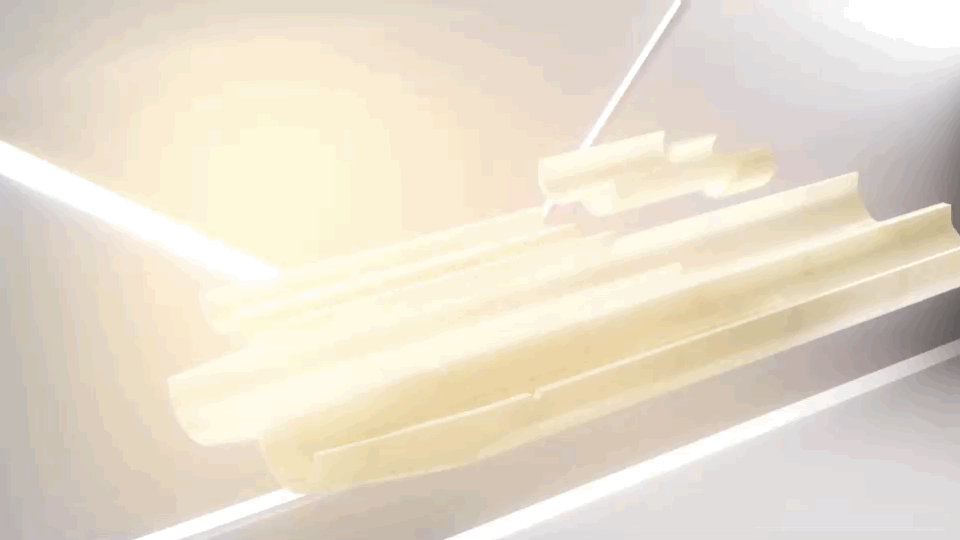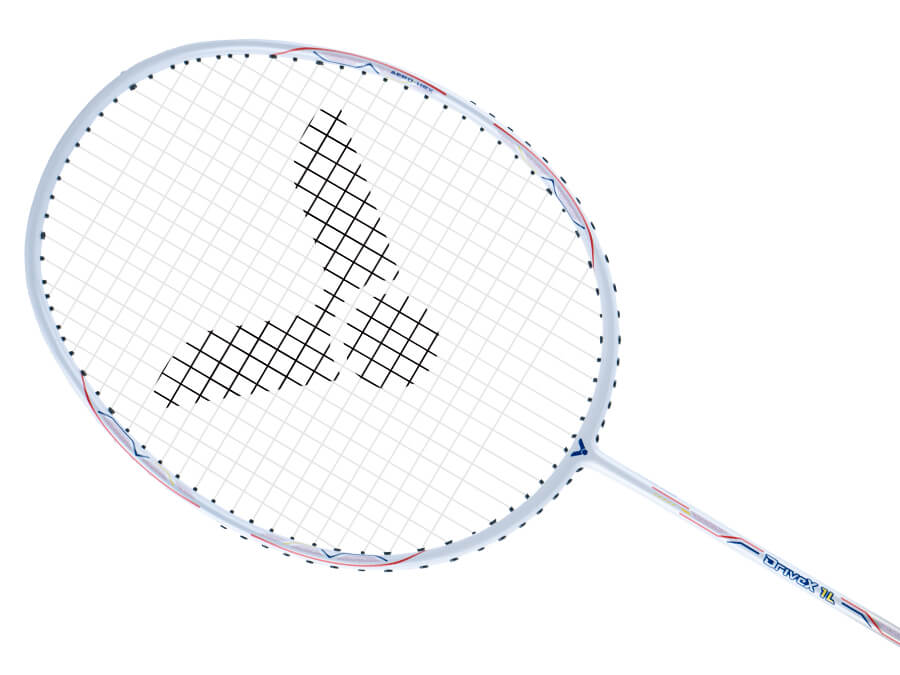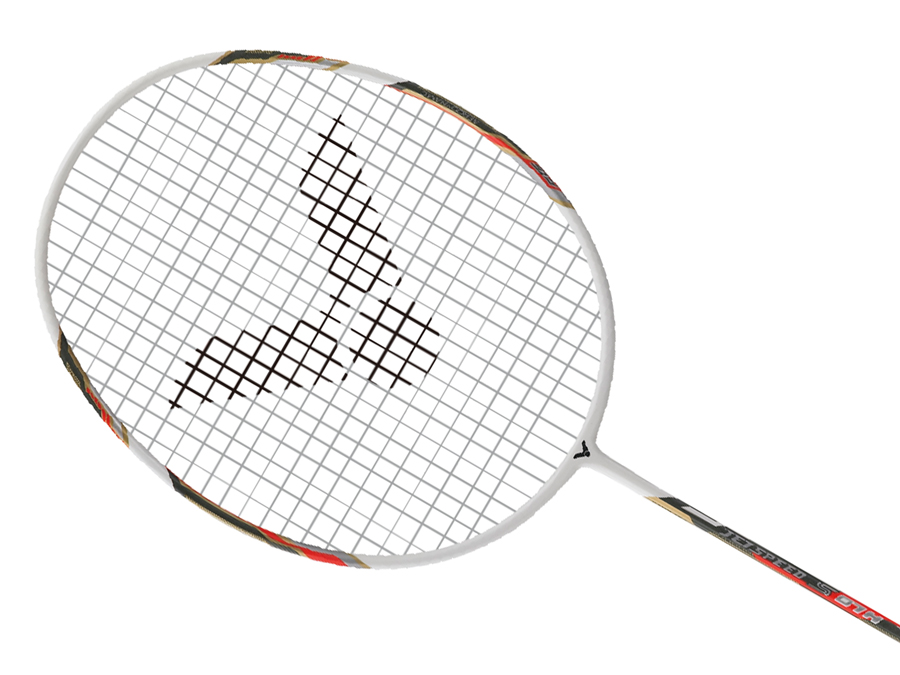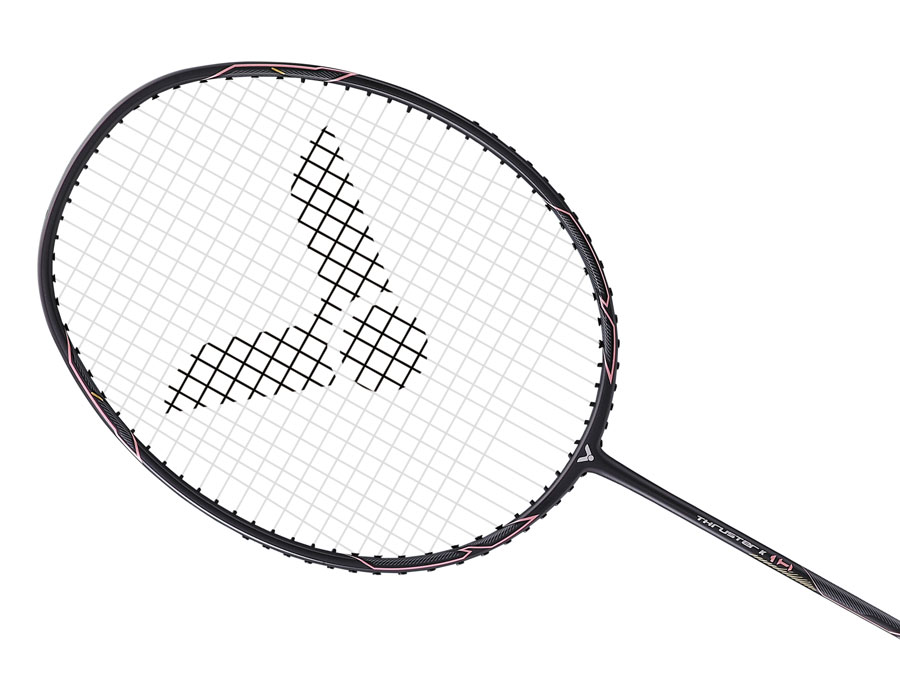How to Pick the Right Badminton Rackets for Beginners

The racket is your best partner during your badminton journey. A good racket not only allows you to enjoy badminton to the fullest, but also improve your game helpfully. Therefore, it is crucial to get yourself a racket that suits you the best before stepping into the game of badminton.
However, beginners who are new to badminton may be confused about how to choose the right racket. The following will provide a quick overview of racket-related terms and the basics of racket selection.
.jpg)
4U as a Standard Specification
The weight of the racket is denoted by “U” and comes in many different grades. Most rackets are weighted around 3U (85.0 – 89.9g) or 4U (80.0 – 84.9g). 4U is generally recommended as a standard and where most players start from. After they show improvement in strength and skills to level up the hitting power, they may switch to 3U. Players who are still learning how to apply force properly or female players can opt for 5U rackets.

G5 as the Most Popular Specification
The handle of the racket is denoted by "G" and comes in different sizes. The larger the number, the thinner the handle. G5 is the most common size, while G6 is suitable for players with smaller palms or female players.

In pursuit of innovation, VICTOR has developed an exclusive technology called "FREE CORE."Made with nano nylon, the FREE CORE synthetic handle can absorb and diffuse the impact of the hand when hitting, which makes it more comfortable to swing around.

1. Head-heavy: A head-heavy racket has a balance point closer to the racket head. It drives the momentum better when swinging, but it may be a bit effortful to play flat shots or make a defensive play.
2. Even-balanced: An even-balanced racket has a balance point closer to the center. This kind of racket has an all-around balanced performance, making it an ideal choice for beginners.
3. Head-light: A head-light racket has a balance point closer to the handle, which enables short and fast strokes, but requires more strength to return the shuttlecock to the back of the opponent's court.
Choose VICTOR Rackets with Handling Performance Rated from 4 to 7
Many factors can affect the flexibility and stiffness of a racket, including the design and material of the frame, shaft, and handle. VICTOR's racket performance charts, which rate the racket handling from 1 to 10, work as a great reference for consumers to choose the right racket.
Generally speaking, rackets with handling performance rated between 4 to 7 are average and suitable for both beginners and advanced players to achieve stable performance. Ratings from 8 to 10 are stiffer and enable more powerful shots, but sometimes may be too shaky to handle and control; rackets with handling performance rated between 1 to 3 are more flexible to handle, which make them good choices for children.

Adjust the String Tension From 24 lbs
Most advanced rackets come unstrung so players can choose their own string and tension. And those pre-strung rackets in the market are strung at around 20 lbs. Top players can take the string tension as high as 30 lbs or even higher.
Rackets with low string tension are easy and comfortable to use, but less powerful and sturdy; instead, rackets with higher string tension enable powerful and faster shots, but more difficult to control. What’s important to note is that the tension number doesn't imply how great a player is, players should always pick their own string tension based on their needs. It is recommended to start from 24 lbs and make gradual adjustments based on your style of play and growth of strength.

Choose From VICTOR's Three Major Categories
VICTOR classifies its rackets into three major categories based on the specifications of racket frames and their comprehensive performance.
1. "All-Around" rackets that are stable and easy to control, with balanced performance.
Example: DX-1L (Moderate balance point, soft shaft, stable and easy to control)

2. "Speed" rackets that enable quick and continuous shots and swings.
Example: JS-07H (Light head, softer, easy to use)

3. "Attack" rackets that generate more powerful downward force for offensive plays.
Example: TK-1H (Heavier head, softer, more offensive)

Conclusion
As a reminder for beginners, since your skills and style of play are still developing, it is recommended to pick an affordable and moderate racket to start your journey in badminton. Rackets too heavy or too light may not be good choices. Remember: There is no absolute good or bad rackets. The racket that suits you the most is your best partner on the court!
.jpg)











